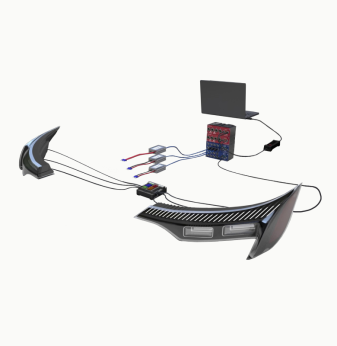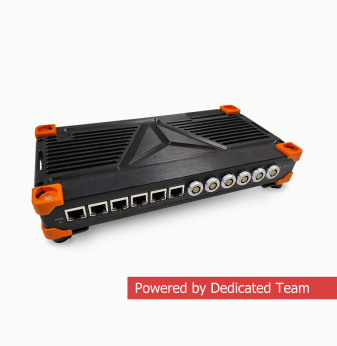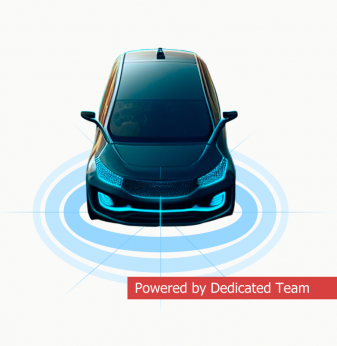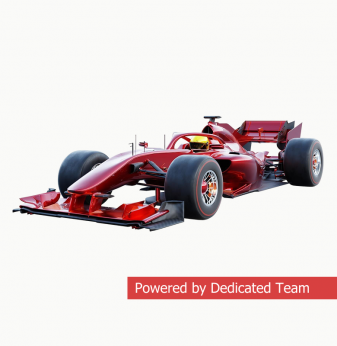The 7 Best Real-Time Operating Systems for Embedded Projects in 2025

Introduction: Why RTOS Still Matters in 2025
Despite the growing popularity of embedded Linux and edge computing platforms, real-time operating systems (RTOS) remain a backbone of embedded systems — especially where deterministic timing, small footprint, and low power are essential.
In 2025, the RTOS landscape continues to evolve with stronger open-source support, security features, and integration with cloud and AI workflows.
Here are the 7 best RTOS choices for embedded projects this year — based on adoption, tooling, ecosystem, and real-world performance.
1. FreeRTOS (by Amazon Web Services)
Why it’s popular:
- Lightweight, portable, and widely supported
- Backed by AWS for secure cloud integration
- Massive community and long-term support
Use cases:
- Low-power IoT devices
- Battery-powered wearables
- Sensor nodes and gateways
2025 updates: Improved integration with AWS IoT Core and Greengrass. New memory safety features and OTA stack enhancements.
2. Zephyr (Linux Foundation)
Key strengths:
- Modular, scalable kernel with RTOS and POSIX support
- Multi-architecture: Arm, RISC-V, x86, ARC, etc.
- Extensive device tree + Devicetree overlays for configuration
Use cases:
- Industrial automation
- Smart city infrastructure
- Multi-core embedded designs
2025 trends: Growing adoption in safety-critical systems with Zephyr RTOS Certification Project. Better integration with CI/CD toolchains and Python-based west tool.
3. ThreadX (Azure RTOS)
Overview: Commercial-grade RTOS now open-sourced by Microsoft. Deterministic performance with very low overhead. Tight integration with Azure cloud ecosystem.
Best suited for: Consumer electronics, audio/image/video processing, high-volume IoT modules.
2025 note: Expanded security and file system modules in Azure RTOS suite (NetX, FileX, USBX).
4. RTEMS (Real-Time Executive for Multiprocessor Systems)
Features:
- POSIX-compliant, real-time performance
- Used in aerospace, defense, and critical infrastructure
- Mature toolchains for Ada, C/C++, SPARC, ARM
Ideal for: Safety-certifiable systems (DO-178C, ISO 26262), avionics and space applications, multi-processor systems.
2025 updates: New SMP scheduler enhancements and expanded RISC-V support.
5. NuttX (Apache Incubator Project)
Highlights: POSIX-like kernel with Linux-like capabilities. Built-in support for file systems, networking, and real-time tasks. Growing ARM Cortex-M and ESP32 ecosystem.
Best for: Prototyping embedded Linux alternatives, smart consumer devices, education and research.
2025 improvements: Increasing compatibility with open-source SDKs and IDEs (e.g., VS Code, PlatformIO).
6. embOS (SEGGER)
What makes it special: Extremely small footprint (<5KB ROM), high reliability and energy efficiency, commercial-grade support and licensing.
Use cases: Low-power, certified medical and industrial products; tiny embedded devices and MCUs.
2025 enhancements: Tighter integration with SEGGER debugging and J-Link tools. Improved multi-threading performance on Cortex-M33 and M55.
7. Integrity RTOS (Green Hills Software)
Strengths: High-assurance certified RTOS (IEC 61508, ISO 26262, DO-178C). Memory protection, process isolation, and formal verification tools. Trusted by aerospace, automotive, and military OEMs.
Ideal for: Mission-critical safety and security projects; high-end automotive ECUs; trusted embedded platforms.
2025 status: Active certifications for next-gen automotive (UNECE R155, ASPICE CL3 compatibility).
Comparison Table: RTOS at a Glance
| RTOS | License Type | Safety-Critical Use | Best Use Case | 2025 Highlight |
| FreeRTOS | MIT | Optional | General-purpose IoT | OTA, AWS integration |
| Zephyr | Apache 2.0 | In progress (cert) | Industrial, multi-core | Devicetree, CI/CD tools |
| ThreadX | MIT (Azure) | Yes (IEC 62304 etc.) | Audio/video IoT devices | Full Azure RTOS suite |
| RTEMS | GPL/Modified | Yes (DO-178, etc.) | Aerospace, defense | SMP + expanded RISC-V |
| NuttX | Apache 2.0 | Limited | Embedded Linux alternative | IDE + SDK support |
| embOS | Proprietary | Yes (IEC, FDA, etc.) | Tiny, ultra-low-power systems | SEGGER integration, <5KB footprint |
| Integrity | Commercial | Yes (DO-178, ISO) | High-end safety applications | Automotive + formal verification tools |
8. Trends Driving RTOS Evolution in 2025
As embedded systems become more connected, intelligent, and regulated, RTOS technology is evolving in parallel. Understanding where RTOS platforms are heading can inform long-term product planning and team training.
- Cloud-Native RTOS: Secure provisioning, OTA updates, and telemetry.
- Security-First Designs: Secure boot, memory isolation, real-time intrusion detection.
- AI/ML Integration: Local inference with small ML models for smart functionality.
- Certification-Ready Modules: Middleware and profiles pre-qualified for safety standards.
- Hybrid Open/Commercial: Zephyr, FreeRTOS now in commercial-grade systems.
Developer implications: RTOS developers now need skills in embedded C, DevOps, security, ML, and OTA systems.
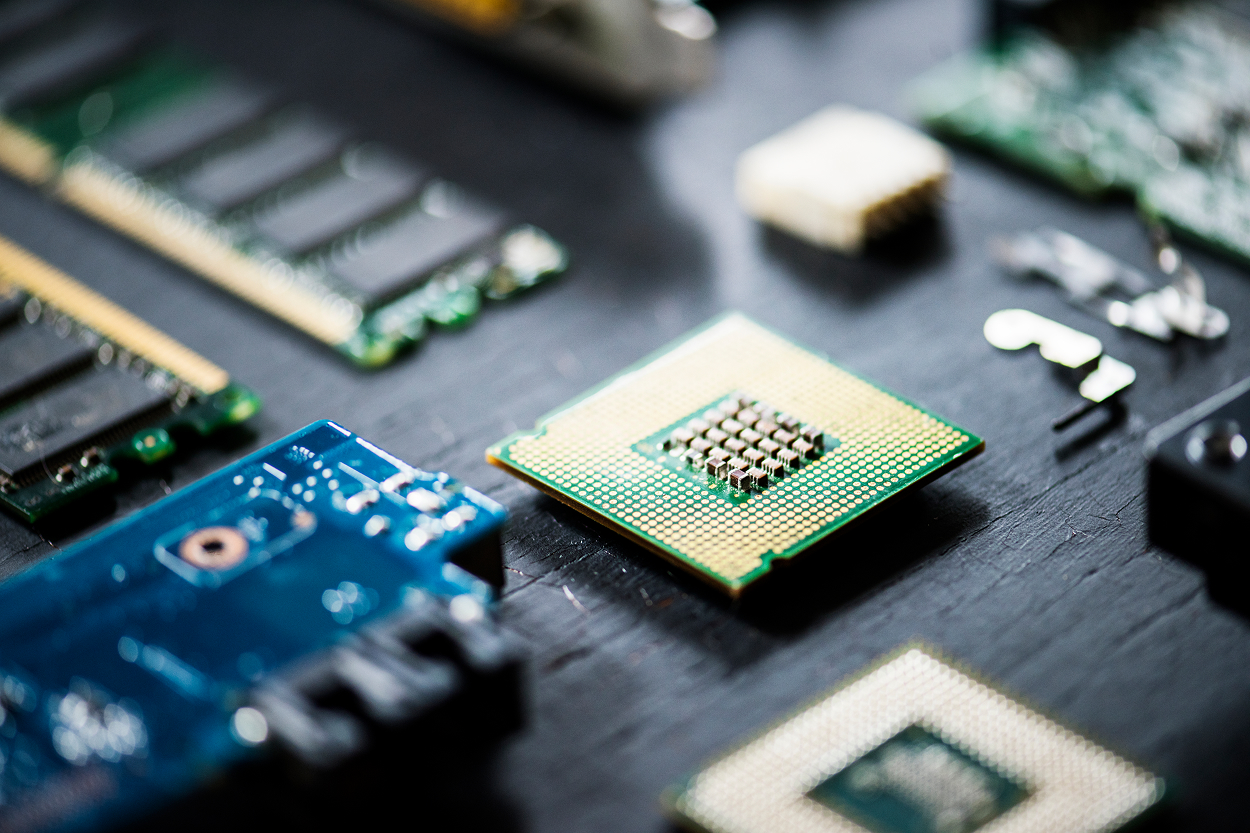
Many of these trends accelerate sharply in the following year. By 2026, RTOS selection is no longer driven primarily by footprint, popularity, or feature checklists, but by safety readiness, lifecycle guarantees, hardened toolchains, and the ability to withstand repeated audits and long-term OTA updates.
This shift is reflected in an updated ranking of the best RTOS platforms for 2026, which evaluates operating systems not by theoretical performance, but by how well they support real products operating under regulatory, security, and maintenance constraints over a decade or more. Viewed through this lens, today’s RTOS choices form the foundation of a much more disciplined and risk-aware selection process.
Final Thoughts: Choose Your RTOS with the Full Stack in Mind
Selecting an RTOS isn’t just about footprint or latency — it’s about your entire product ecosystem: certifications, cloud connectivity, tooling, and roadmap.
Promwad helps embedded companies match the right RTOS to their product vision — with full-stack support from hardware to cloud integration.
Let’s build your next real-time product with a real-time OS that lasts.
Our Case Studies in Firmware Development

